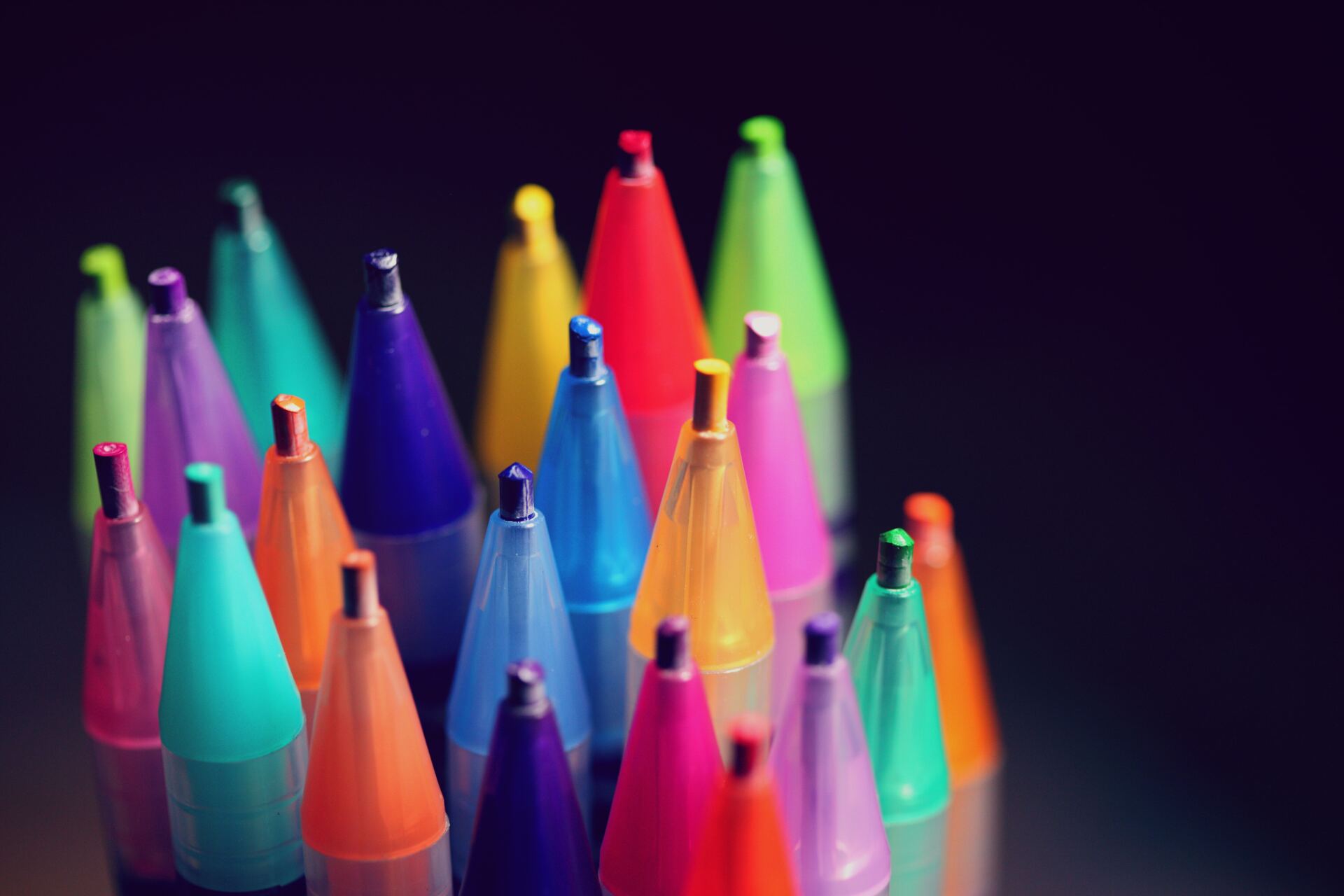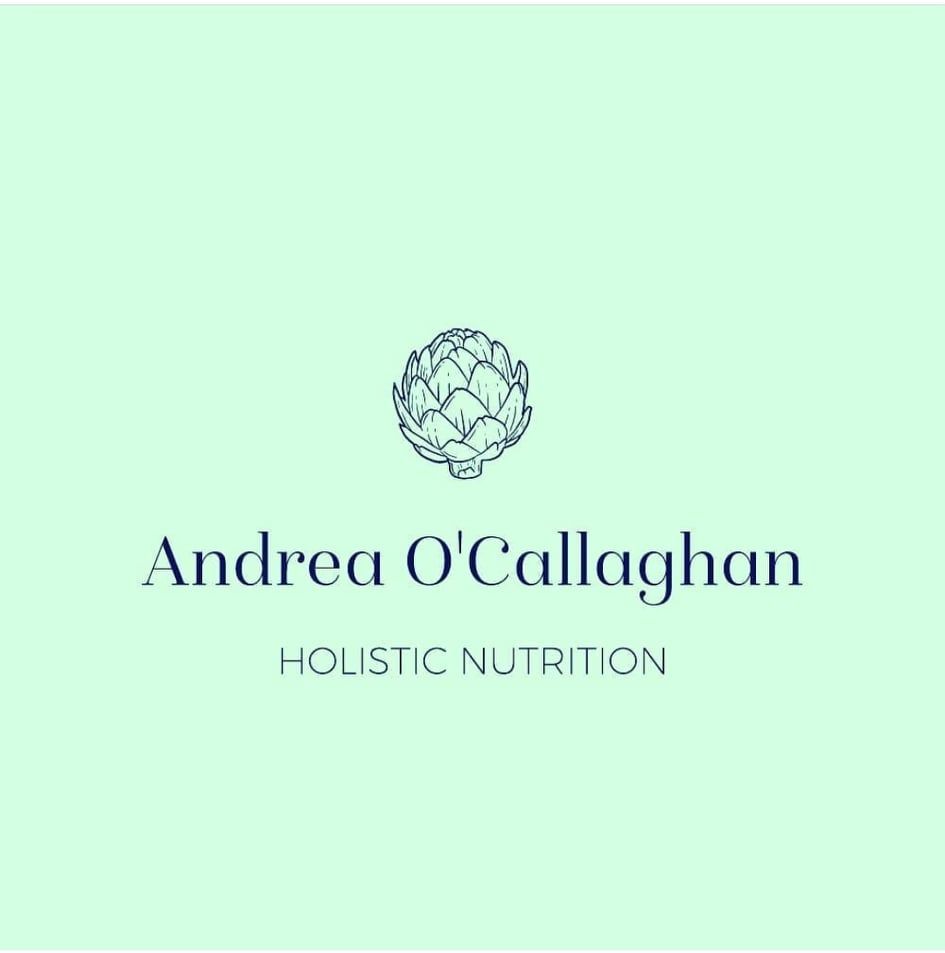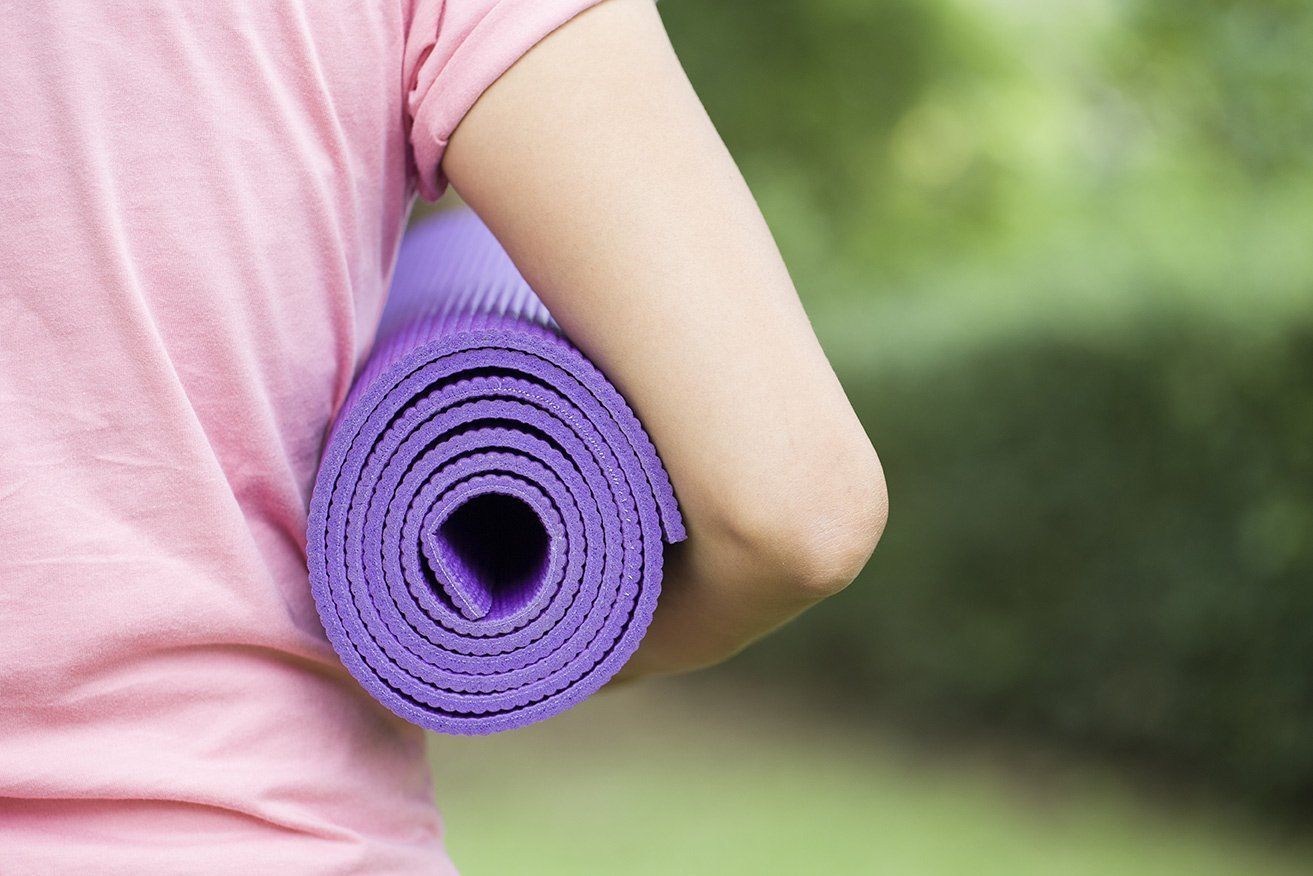Cosmetics and Beauty Products
Andrea O'Callaghan • May 2, 2020
The cosmetic and beauty industry is more complex than the food industry. The labeling laws are not as strict and, therefore, we need to read the labels and pick the cleanest products.
What types of products should you avoid? Any products with synthetic chemicals. Even though these chemicals have been approved for use in products, there has been little testing and studies done on the long-term effects. Buying clean products is just one more way to lessen the toxic load on the body.
What beauty products should be clean? Make-up, skin lotions, shampoos, conditioners, soaps, sunscreens, and cleansers. Anything that touches our skin should be as chemical free as possible.
What chemicals should you be looking to avoid? Read the labels for shampoo, conditioner, moisturizer, cosmetics, and other personal care products so that you can avoid harmful chemicals.
Here are some of the most common ones found in many different types of products.
1. Phthalates: Used in many products and often not listed on the label. They are potential hormone disrupters and may damage the skin, liver, and kidneys. They are linked to birth defects and cancer.
2. Benzoyl Peroxide: Used in acne products, it may irritate the skin, eyes, and nose. It may cause DNA damage and promote tumours.
3. DEA (diethanolamine), MEA (monethanolamine), TEA (triethanolamine): Used as foaming agents and may accumulate in the brain and body. They may also irritate the skin and the eyes.
4. Dioxin: This is not listed on the ingredient list. Sodium laureth sulfate, triclosan, emulsifiers, and ethoxylated cleansers may contain dioxin, a known carcinogen which may also affect the nervous and immune system.
5. DMDM Hydantoin and Urea: Preservatives that may cause joint pain, skin reactions, headaches, depression, chronic fatigue, dizziness, and possible carcinogens.
6. Artificial colours (FD and C Colour and Pigments): Made from coal tar, they may be skin irritants and decrease oxygen. They may also be a carcinogen.
7. Parabens: Used as preservatives. They may be hormone disrupters possibly linked to breast cancer, female hormonal issues, and male sterility.
8. Polyethylene Glycol: Used in baby products, sunscreens, and many personal care products. This contains dioxin, which is a by-product from its production.
9. Butylene Glycol and Propylene Glycol: Extremely toxic and found in medications, food, and skin care products. It serves as a base for other ingredients in topical skin products. It’s been linked to skin, brain, and kidney abnormalities.
10. Sodium Lauryl Sulfate and Sodium Laureth Sulfate: Found in 90% of cosmetics and skin care products that need a foaming agent. They are linked to skin irritation, eye damage, depression, and breathing issues.
11. Benzphenone, Ethoxycinnamate, and PABA: These are commonly used in sunscreens and are known free-radical generators which may lead to DNA damage.
12. Triclosan: Antibacterial that may be a possible endocrine disrupter.
When you read a list like this, it’s hard not to be overwhelmed. These are just some of the chemicals you may want to avoid. It’s a lot easier to look for clean products than to worry about every ingredient you may not be familiar with. Fortunately, the Environmental Working Group has done this work for you.
They have developed a certification process for companies with clean ingredients, and they can verify that they are the best quality. Look for the EWG Verified logo on products. Or you can go to the EWG website and look for products that are verified. The EWG does more than just list the best products. They list the products that have been verified and provide details of their level of safety in addition to any concerns they may have about any of the ingredients in a given product.
Probiotics and Prebiotics in Beauty Products:
Currently, beneficial bacteria are being added to shampoos, soaps, and skin care products. The skin is a rich source of beneficial bacteria which aids the health of the skin and protects us. Using antibacterial products or items that contain harsh chemicals on the skin disrupts its natural balance.
It makes sense then to have products that contain beneficial bacteria to help soothe and support the health of the skin. Look for these in your local health food store or online.
Prebiotics for the skin, which many product manufacturers are adding, also help restore our own natural bacteria for healthier skin. Many essential oils are prebiotic.

The formula is simple: Diverse diet = Diverse microbes = Good health . That is all we have to do help improve our gut health. The problem is we do not have a diverse diet. I remember when I used to eat the same thing for breakfast EVERY DAY when I was in high school, for example (we won't dwell too long on the fact that it was cinnamon sugar toast) . Even as I got more health conscious and upgraded my breakfasts to include smoothies, I would make a smoothie every morning! Definitely an improvement over cinnamon sugar toast, but the same thing every day is not ideal, either. This is not just about a processed diet vs whole food diet. Yes, a processed food diet is bad for our good microb es, but a whole food diet that is not diverse can also be problematic for the diversity of our gut. Most of us consume no more than 15 different foods in a week. This is not diversity, even if we hit all the food groups. Then there are those who choose to el iminate food groups such as grains and legumes. T his is taking out a range of substantial foods that will feed many beneficial bacterial species. And believe it or not, there are still people – adult people – who refuse to eat vegetables, and they are prou d of it. Again, vegetables represent all kinds of foods that will feed a lot of different species. This is just basic diversity, and it gets more complicated. So not only do we all need to be more adventurous and try to eat different foods, we need to eat d ifferent varieties of the same food. This is one of biggest changes we have had in our diets that make us different from our ancestors. They ate a greater variety of foods than we eat today, and they grew different varieties of the same food. This was g ood for the soil, it helped protect them against potential crop loss, and it increased the nutrients available to them in their diet. J ust like with money, it is important to diversify. Today, agriculture does not function that way. Farmers grow few crop types, and seldo m do they grow more than one variety of the same crop. There are over 6000 varieties of tomatoes – each one has different properties and a different nutrient composition!! We are missing out on a lot. And while we cannot possibly consume 6000 different vari eties, we can expand our repertoire, especially in the summer, and seek out as many varieties as we can find. Heirloom varieties are something I get really excited about when it comes to growing things in my own garden. So while researchers continue to unravel the mystery of our gut and figure out what we should feed it, specifically for specific benefits, we can d o more to increase the diversity and build a stronger gut by eating new foods. This week, buy three new foods you do not eat regularly. They can be foods you have never had or foods you like but for some reason never buy. Here are a few things you can do t o diversify: Buy yellow or rainbow beets instead of red beets. Choose purple or white carrots instead of orange. Look for heritage varieties and buy them when you find them. Go to farmer’s markets and talk to the local farmers. Generally, these are the farmers who still grow a variety of crops. Let them know you are interested in trying different varieties of tomatoes or potatoes etc. Shop at ethnic stores and look for new grains and legumes. Go to ethnic restaurants - this way someone else can prepare the foods for you. Think of the fun and adventure you can have – you and your microbes will be happier!! Reference: Mark L. Heiman, Frank L. Green way. A healthy gastrointestinal microbiome is dependent on dietary diversity. Molecular Metabolism, 2016; DOI: 10.1016/j.molmet.2016.02.005


